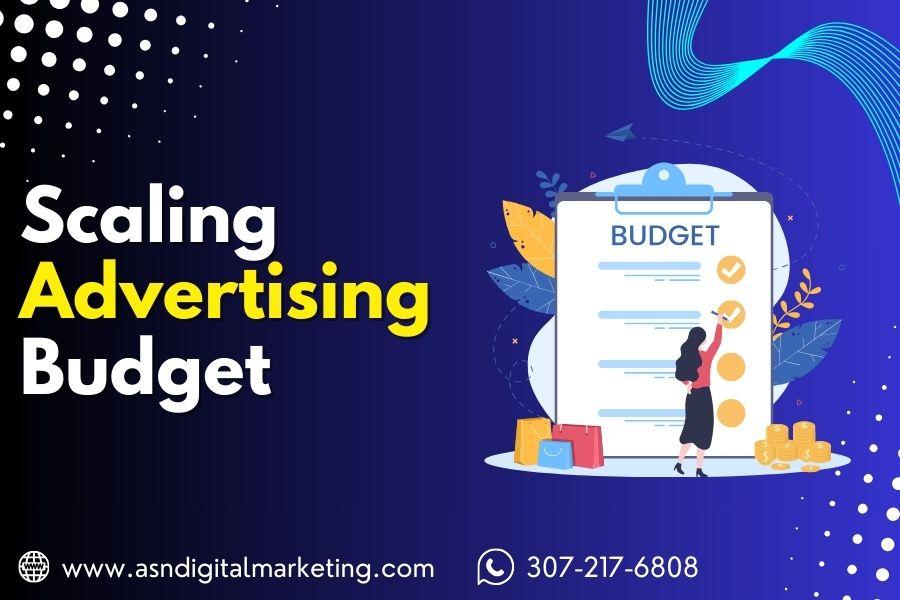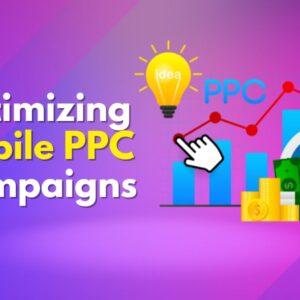Effective ad budget distribution is critical for maximizing your return on ad spend. With the right strategies, you can optimize your budget across campaigns, networks, and platforms to drive the most conversions and revenue. In this comprehensive guide, we’ll explore proven approaches for allocating your ad dollars in the most efficient way.
Setting Budgets Based on Campaign Goals and Targets
The first step is to establish clear goals and targets for each of your ad campaigns. These should be based on your overall marketing objectives and tied to key performance indicators (KPIs) like sales, leads, or brand awareness.
When setting budgets, consider the role each campaign plays in your customer journey. Budget more for top-of-funnel efforts like awareness and lead gen, while being leaner on lower-funnel retargeting. You can use historical performance data or run small tests to estimate costs per conversion for each campaign type.
Always align budgets with the potential impact of each campaign. Allocate more funds to high volume traffic drivers and campaigns targeting high-intent audiences. Dial back spend on niche or experimental efforts until you see positive results.
Tips for Goal-Based Budgeting:
- Identify your most important KPIs for each campaign or ad group. This might be clicks, conversions, video views, etc.
- Look at historical averages, benchmarks, or test campaigns to estimate your cost per result. Multiply this by your target to set an appropriate budget.
- When starting new campaigns, use small budgets and ramp up slowly as you optimize for better performance.
- Monitor campaign trajectory and adjust budgets up or down dynamically based on results.
Optimizing Budgets Across Paid Channels
Today’s marketers have a multitude of paid advertising channels to choose from. It’s critical to allocate budget across channels based on their strengths, your goals, and ability to track KPIs.
Search Engine Marketing
Search ads like Google Ads are powerful for bottom-of-the-funnel conversion campaigns. Allocate more budget to:
- Product and service-related keywords where you can tie spend directly to Ecommerce transactions.
- Location-based keywords for physical businesses driving foot traffic.
- Branded and competitor terms to capture existing demand.
- High-converting ad groups, which you can identify through thorough split testing.
Cut back search budgets on very broad or speculative keywords with low conversion rates. Go lean to start on new Geo targets until you refine messaging.
Social Media Ads
Social platforms like Facebook, Instagram, LinkedIn, and Twitter are well-suited for brand building and awareness. Consider higher budgets for:
- Highly targeted audiences based on interests, behaviors, and demographics.
- Video and immersive formats that can deeply engage users.
- Ad testing and launches of new products or features.
- Branded content campaigns focused on storytelling.
Monitor cost per impression or view as you scale social budgets. Reduce spending on overly broad targeting or poorly performing creative.
Display and Native Networks
Display and native advertising options like Google Display Network, Taboola, Outbrain etc. can assist with top-of-funnel goals. Prioritize budgets for:
- Targeting engaged viewers – in-market, contextual, and behaviorally.
- High-viewability site placements and ad formats.
- Creative testing – measure viewability and engagement.
- Retargeting audiences who’ve previously visited your site or ads.
Keep display budgets minimal for prospecting or aggressive user acquisition. Focus budgets on supporting retention and consideration.
Optimizing Investment Across Campaigns
The best marketing plans use multiple campaigns working together to attract, engage, and convert audiences. You’ll need to find the right mix based on campaign objectives:
Awareness Campaigns
- Cast a wide net with digital, social, OOH, TV etc. to increase brand visibility.
- Allocate higher budgets to disruptive creative that breaks through the noise.
- Measure based on reach, impressions, and brand metrics.
Lead Gen Campaigns
- Focus budgets on promotions, gated content, email capture, and other conversions.
- More budget on high-converting offers, and optimized landing pages.
- Prioritize target audience quality and cost per lead or email collected.
Conversion Campaigns
- Highest budgets for search, on-site, and remarketing to convert customers.
- Budget for proven promotions, exit offers, and email drips to recover abandons.
- Measure on cost per acquisition and ROAS.
Retention Campaigns
- Moderate budgets to keep customers engaged post-purchase.
- Test budgets across push notifications, remarketing, and loyalty programs.
- Prioritize campaigns reducing churn and increasing LTV.
Balancing your marketing mix based on funnel stage leads to greater synergies across campaigns and channels. Always focus budgets on your biggest impact areas first.
Dynamic Budget Allocation Strategies
The most optimized marketing plans don’t use static budgets. Leading companies dynamically shift budgets across campaigns, ad groups, keywords, and creatives based on performance.
Flexing Budgets Based on Results
Regularly review your ad analytics and identify high-performing areas earning a high ROAS. Consider increasing budgets or bids in these areas to accelerate momentum.
Conversely, dial back budgets for consistently underperforming assets. Try pausing or lowering bids instead of eliminating completely – you may be able to optimize later.
Using Automated Bidding Strategies
Many advertising platforms now support automated bidding based on results. For example:
- Target CPA bidding – automatically sets bids to acquire conversions for your target cost. Great for lead gen and e-commerce.
- ROAS bidding – Bid based on your target return on ad spend. Improves profitability.
- Maximize Conversion bidding – Gets you the most conversions within your budget.
- Enhanced CPC – Automatically raises bids for higher-performing keywords and ads.
Leverage automated bidding strategies for hands-off dynamic budget allocation. But still, monitor performance regularly – you may need to refine targets over time.
Launching New Campaigns
When launching a new campaign, always start with small budgets and bids. Gradually increase as you identify winning creatives, audiences, placements etc.
Try splitting the new campaign budget across an “exploratory” ad group for testing and a “proven” group with your top performing assets. Shift budget between groups based on performance.
Optimizing Seasonal Fluctuations
Marketing budgets often need to be adjusted to account for seasonal demand shifts. Here are some best practices:
- Increase budgets ahead of predicted peaks – For ecommerce, Q4 is often the biggest season. Prep in advance.
- Scale down in slower periods – No need to burn budget off-season. Conserve funds for when they’ll have more impact.
- Stay flexible around major events – Have an extra budget on standby for black Friday, holiday sales, product launches etc.
- Use historical data to predict trends – Look at past monthly spends and results to forecast budgets.
- Maintain minimum budgets for consistency – Don’t completely stop all campaigns during down periods. Keep some presence.
Build seasonal, dynamic budget plans across the year. Avoid drastic up and downs, instead gradually shift spend based on expected demand.
Optimizing Budget Distribution Starts with Reporting
You can’t optimize what you can’t measure. Robust ad reporting and analytics are crucial for identifying your highest value campaigns, creatives, audiences, and placements to prioritize budget.
Track metrics like:
- Cost per conversion for each network and campaign
- ROAS over time
- Conversions and spend by keyword, ad creative, landing page
- Impressions and CTRs by audience, geography, placement
Use segmented analytics to uncover media buying opportunities. Find untapped audiences and placements you can scale. Identify waste to eliminate.
Set up real-time dashboards and alerts when campaigns exceed targets. This allows you to course correct quickly vs. waiting until month end.
Key Takeaways for Optimizing Ad Budget Distribution
- Align budgets with campaign strategy and performance targets.
- Invest more in proven high-volume drivers, less on speculative efforts.
- Balance budgets across the funnel based on goals.
- Shift dollars dynamically to the best-performing areas.
- Adjust for seasonal peaks and valleys.
- Monitor campaign performance frequently and respond.
With today’s challenges around tracking and attribution, optimizing ad budgets requires diligence and an analytical approach. But companies who can direct dollars to their most efficient opportunities stand apart. Follow these best practices to allocate for success.
Over time, you will refine your media mix and budget levels needed to acquire customers profitably across the funnel. Test, iterate, and scale up your winning formulas. With a nimble and performance-driven budget strategy, your ad spend will propel your customer and revenue growth goals.










